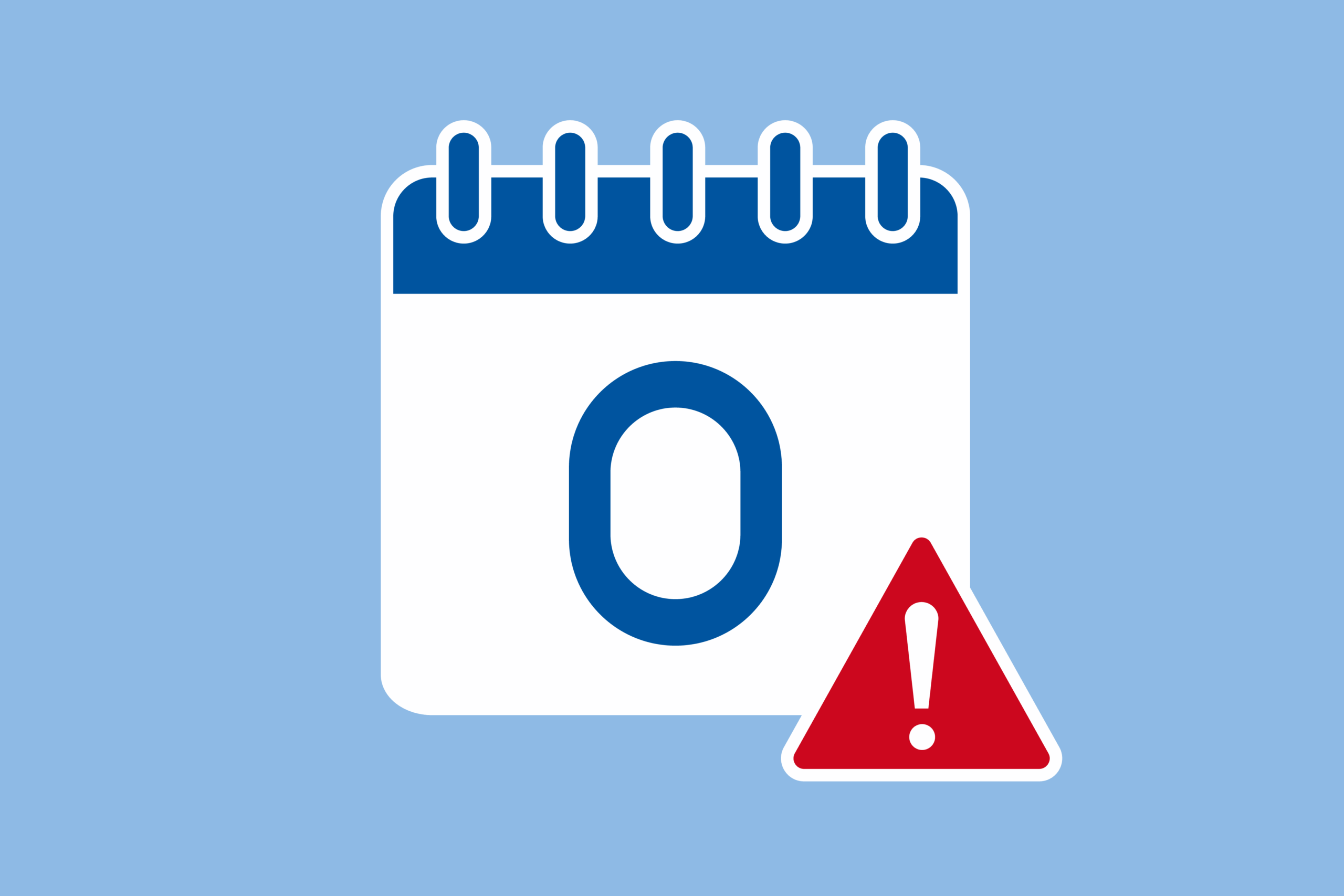![]()
Microsoft!
Phishing continues to lead the pack when it comes to online threats, with the FBI reporting more than 300,000 attacks last year alone.
How are these attacks still so successful, despite better security tools and an increase in security awareness training? This is partially a result of cybercriminals knowing what may prompt employees to click on their emails and exploiting it: familiarity and urgency. In many cases, attackers leverage the popularity of legitimate brands. Sending urgent emails from a trusted brand is enough to trick a user into sharing their sign-in credentials. This might include persuasive warnings about the potential of losing account access, fake alerts about fraudulent activity, or even seemingly innocuous demands to sign in via the provided link.
Here are the Top 10 Most Impersonated Brands
What Should You Do?
To learn more about phishing, recent trends and stats, and things you can do now, view this CISA infographic. To get started, schedule a call with a member of the BMT Security team. A free, 15-minute conversation can get you started with simple tools that cost very little time and $$$.
Have questions or need assistance? The BMT team can help you prepare for everyday scams.





